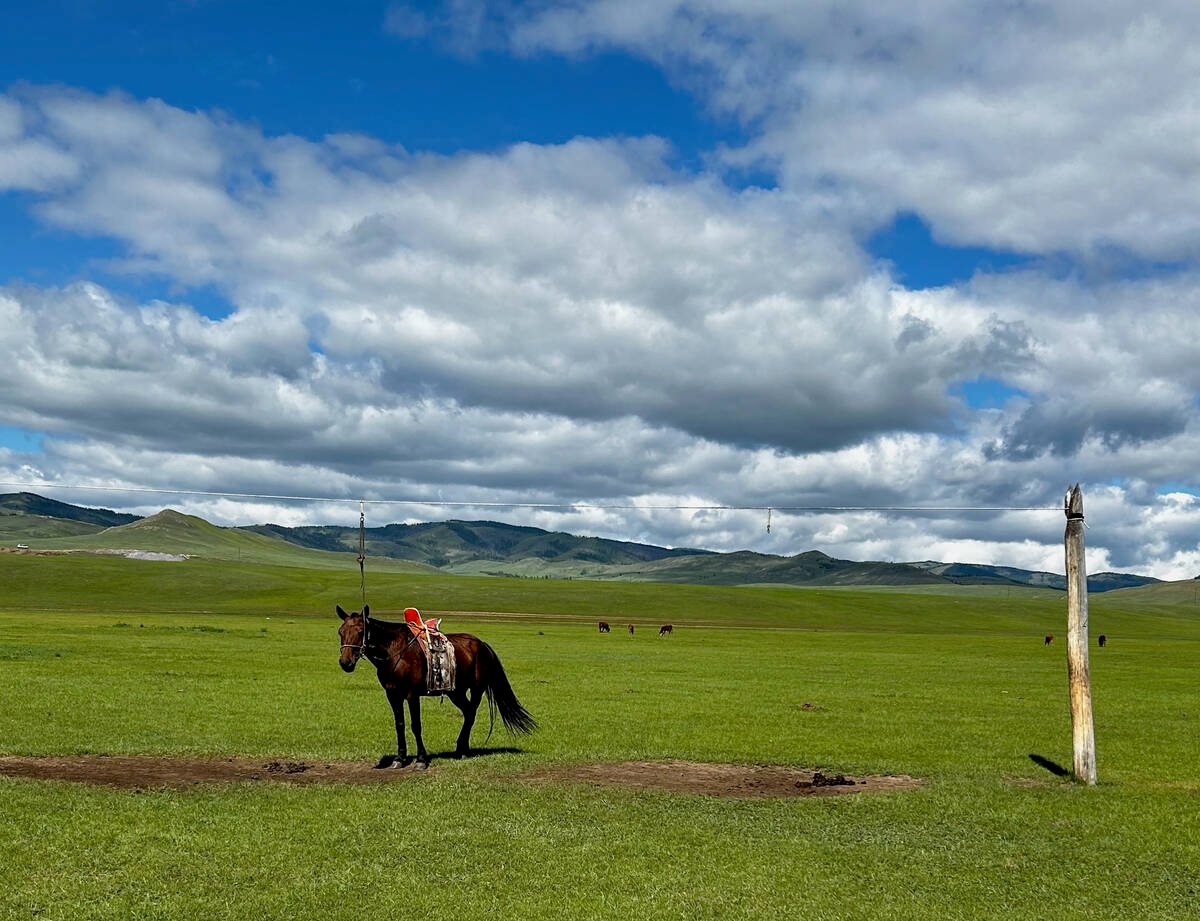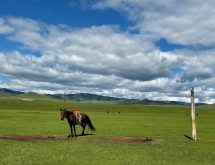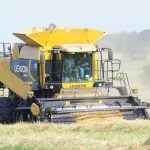The Canadian Food Inspection Agency begins presenting evidence this week to the United States that Alberta’s lone case of bovine spongiform encephalopathy does not affect the safety of the rest of the Canadian herd.
It will be the beginning of Canada’s veterinary science-backed political effort to regain access to the American market, which has been closed since the May 20 announcement of a BSE cow in an Alberta herd.
At the same time, senior Canadian officials are beginning to review ways to improve the regulatory system, including a recommendation from an international experts’ panel that Canada ban ruminant animal protein from the feed system. Since 1997, ruminant protein has been banned from ruminant feed but it still can be used in poultry and hog rations.
Read Also

University of Saskatchewan experts helping ‘herders’ in Mongolia
The Canadian government and the University of Saskatchewan are part of a $10 million project trying to help Mongolian farmers modernize their practices.
CFIA chief veterinarian Brian Evans announced June 9 that the extensive investigation of the origins and aftermath of the BSE cow was virtually complete.
But a senior American official is warning that even if the evidence is accepted that Canadian cattle are safe, opening the border to imports will not be an immediate decision.
“I promise we will consider that information expeditiously,” said Ron DeHaven, deputy administrator of veterinarian services for the U.S. Department of Agriculture animal and plant health inspection service.
“I hesitate to be painted into a corner on a timeline.”
Until the CFIA’s official report is filed and “we have something we can sink our teeth into,” proper risk assessments cannot be done. De Haven said the Americans also want the official report by an international panel of experts that evaluated the CFIA response and Canada’s food and feed regulatory system last week.
It means the American border almost certainly will remain closed into the latter days of June, even if the Canadian work is accepted.
Ulrich Kihm, a former Swiss chief veterinarian and an international expert on BSE, told a June 9 news conference the international experts were impressed by Canada’s efforts.
“I have never seen such a comprehensive investigation done in such a short time,” he said. “They did a very, very good job.”
Kihm said the international experts will recommend tighter surveillance of feed use and an end to use of ruminant animal protein in animal feed.
“It has to be done,” he said.
Evans said now that the BSE investigation is “winding down” with no further evidence of the disease, attention will turn to the political issues of re-establishing Canada’s foreign beef markets and debating new tougher regulations for inspection and feed.
He said 2,700 cattle had been slaughtered and tested and none was infected. Feed from the rendered cow was traced and no ill effects were found. A survey of 200 establishments showed “a high level of compliance” with proper feed use rules.
So at the end of a 20-day investigation of the origins, movements, progeny and rendered parts of the infected cow, the mystery of how it contracted BSE remains.
Kihm said it is impossible to say there was just one infected cow. But if another case does not turn up within two years, “that would be very encouraging.”














